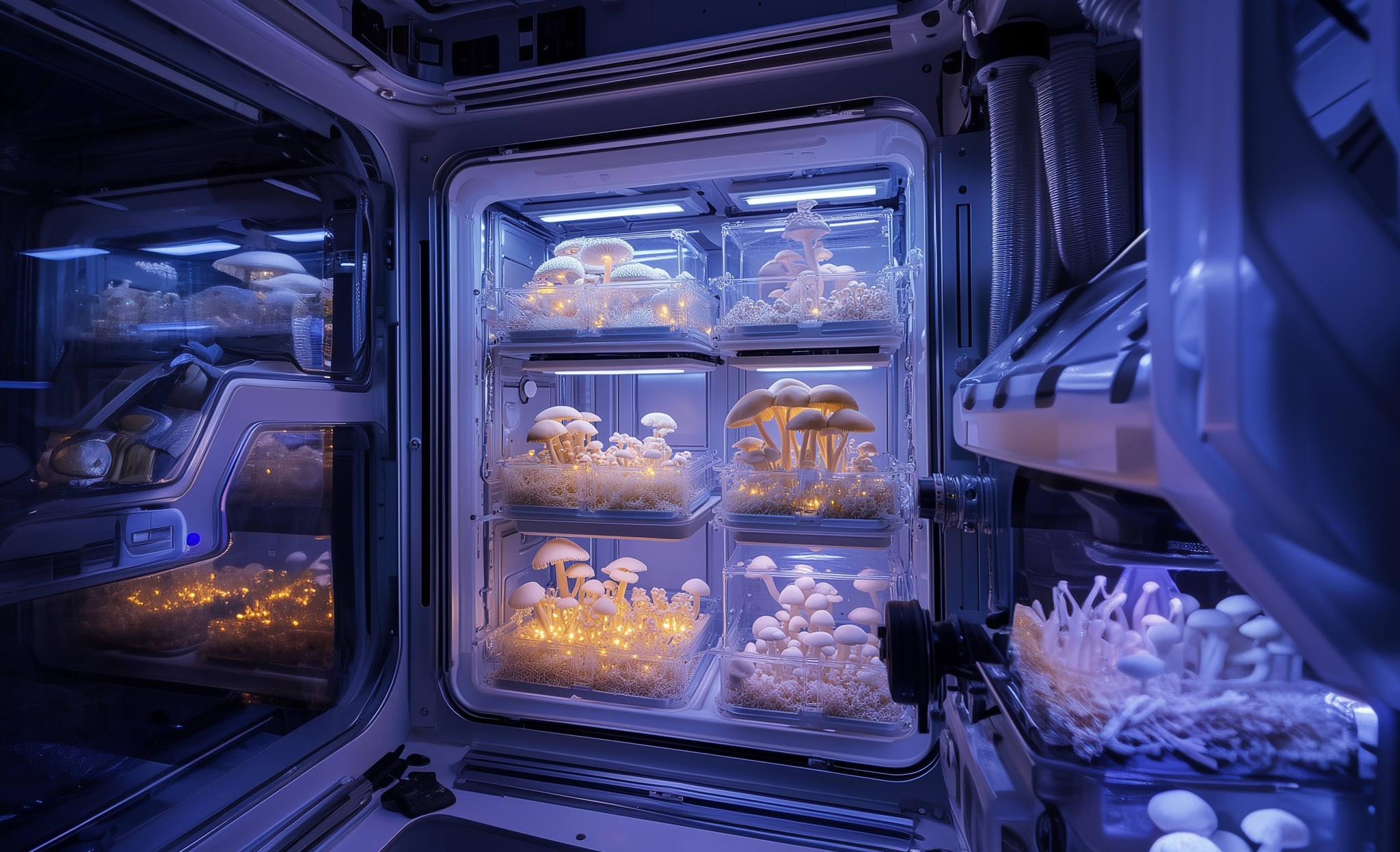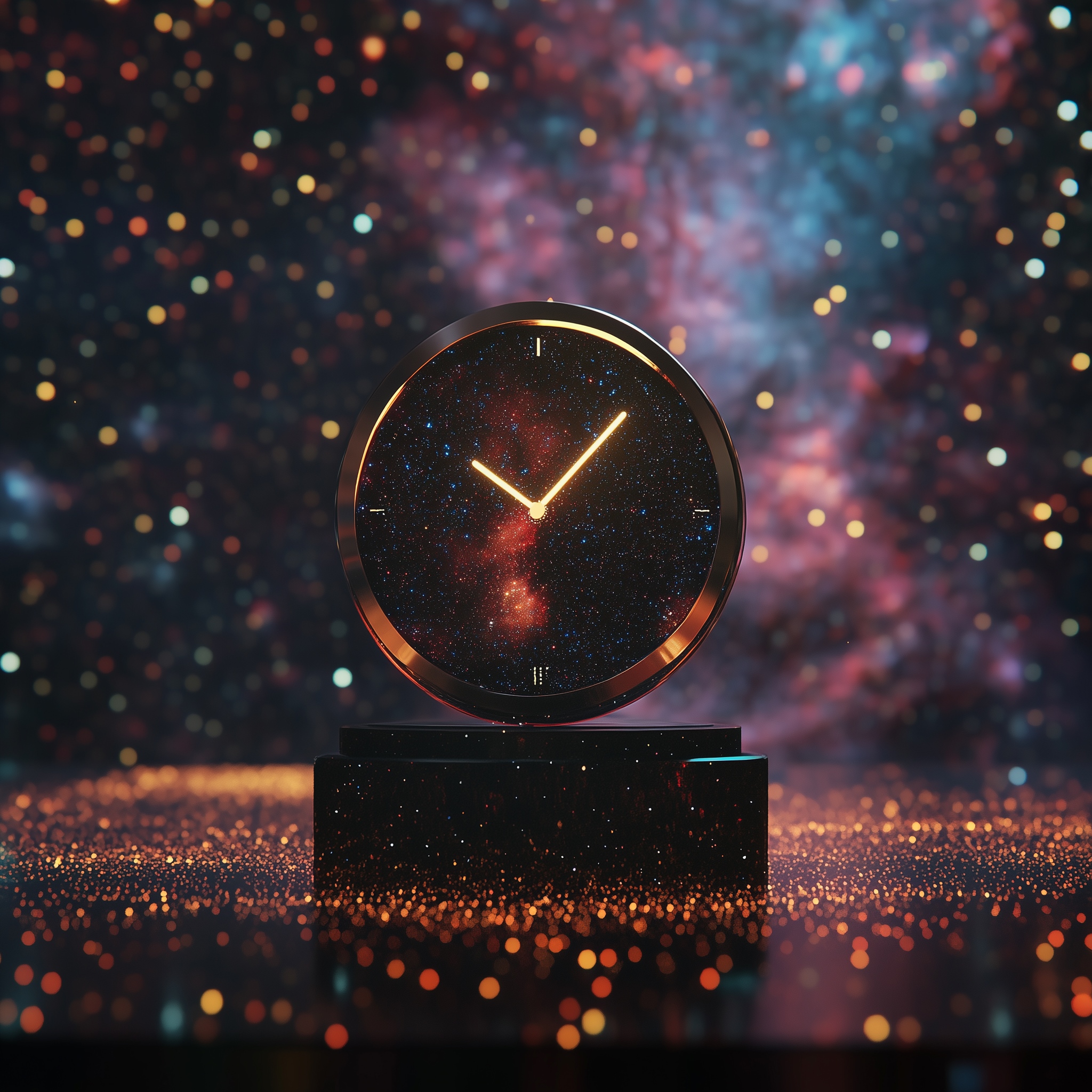Insider Brief: The subterranean world of mycorrhizal fungi networks is as complex as it is essential, quietly underpinning plant life through a vast...
Vous n'êtes pas connecté
- English
- Français
- عربي
- Español
- Deutsch
- Português
- русский язык
- Català
- Italiano
- Nederlands, Vlaams
- Norsk
- فارسی
- বাংলা
- اردو
- Azərbaycan dili
- Bahasa Indonesia
- Հայերեն
- Ελληνικά
- Bosanski jezik
- українська мова
- Íslenska
- Türkmen, Түркмен
- Türkçe
- Shqip
- Eesti keel
- magyar
- Қазақ тілі
- Kalaallisut ; kalaallit oqaasii
- Lietuvių kalba
- Latviešu valoda
- македонски јазик
- Монгол
- Bahasa Melayu ; بهاس ملايو
- ဗမာစာ
- Slovenščina
- тоҷикӣ ; toğikī ; تاجیکی
- ไทย
- O'zbek ; Ўзбек ; أۇزبېك
- Tiếng Việt
- ភាសាខ្មែរ
- རྫོང་ཁ
- Soomaaliga ; af Soomaali
Rubriques :
 Maroc - EURASIAREVIEW.COM - A la une - 06/Sep 22:32
Maroc - EURASIAREVIEW.COM - A la une - 06/Sep 22:32
Astrophysics: AI Shines A New Light On Exoplanets
Researchers from LMU, the ORIGINS Excellence Cluster, the Max Planck Institute for Extraterrestrial Physics (MPE), and the ORIGINS Data Science Lab (ODSL) have made an important breakthrough in the analysis of exoplanet atmospheres. Using physics-informed neural networks (PINNs), they have managed to model the complex light scattering in the atmospheres of exoplanets with greater precision than has previously been possible. This method opens up new opportunities for the analysis of exoplanet atmospheres, especially with regard to the influence of clouds, and could significantly improve our understanding of these distant worlds. When distant exoplanets pass in front of their star, they block a small portion of the starlight, while an even smaller portion penetrates the planetary atmosphere. This interaction leads to variations in the light spectrum, which mirror the properties of the atmosphere such as chemical composition, temperature, and cloud cover. To be able to analyze these measured spectra, however, scientists require models that are capable of calculating millions of synthetic spectra in a short time. Only by subsequently comparing the calculated spectra with the measured ones do we obtain information about the atmospheric composition of the observed exoplanets. And what is more, the highly detailed new observations coming from the James Webb Space Telescope (JWST) necessitate equally detailed and complex atmospheric models. Rapid solving of complex equations thanks to AI A key aspect of exoplanet research is the light scattering in the atmosphere, particularly the scattering off clouds. Previous models were unable to satisfactorily capture this scattering, which led to inaccuracies in the spectral analysis. Physics-informed neural networks offer a decisive advantage here, as they are capable of efficiently solving complex equations. In the just-published study, the researchers trained two such networks. The first model, which was developed without taking light scattering into account, demonstrated impressive accuracy with relative errors of mostly under one percent. Meanwhile, the second model incorporated approximations of so-called Rayleigh scattering – the same effect that makes the sky seem blue on Earth. Although these approximations require further improvement, the neural network was able to solve the complex equation, which represents an important advance. Interdisciplinary collaboration These new findings were possible thanks to a unique interdisciplinary collaboration between physicists from LMU Munich, the ORIGINS Excellence Cluster, the Max Planck Institute for Extraterrestrial Physics (MPE) and the ORIGINS Data Science Lab (ODSL), which is specialized in the development of new AI-based methods in physics. “This synergy not only advances exoplanet research, but also opens up new horizons for the development of AI-based methods in physics,” explains lead author of the study David Dahlbüdding from LMU. “We want to further expand our interdisciplinary collaboration in the future to simulate the scattering of light off clouds with greater precision and thus make full use of the potential of neural networks.”
Articles similaires
JWST observations of the transit of a super-earth exoplanet revealed hints of a sulphur-rich atmosphere
Researchers, including academics from The Open University (OU) have discovered a possible sulphur-rich atmosphere of exoplanet L 98-59 d, signalling...
New tool recovers compromised deep-learning models so researchers can understand what went wrong
Imagine being a passenger in a self-driving car as the vehicle starts veering off the road. It's not a faulty sensor causing the dangerous...
Neurotechnology Unveils Enhanced NCheck Multi-Biometric Attendance Management Solution
NCheck leverages Neurotechnology’s proprietary facial, fingerprint and iris recognition technology to provide a secure, all-in-one employee and...
Complex Systems And The US Election – OpEd
With the US presidential election mere days away, American citizens first and foremost – but also people in other countries, given what is at...
Carl Sagan’s scientific legacy extends far beyond ‘Cosmos’
On Nov. 9, 2024, the world will mark Carl Sagan’s 90th birthday – but sadly without Sagan, who died in 1996 at the age of 62. Most people remember...
10 Best JavaScript Frameworks for Building AI Systems (October 2024)
As artificial intelligence continues to reshape the tech landscape, JavaScript acts as a powerful platform for AI development, offering developers the...
Boosting clarity and depth perception for complex structures with 3D object scanning
Recent advances in three-dimensional (3D) scanning, particularly in photogrammetry and laser scanning, have made it possible to quickly and accurately...
Time Will Tell: Quantum-Based Atomic Clocks in Space Put Einstein’s Theory to the Ultimate Test
Insider Brief: Atomic clocks, which rely on the quantum transitions of atoms like cesium and hydrogen, use these atomic vibrations to achieve the...
Automatic and manual smoke modelling during bushfires
When large fires break out in New Zealand, like on Christchurch’s Port Hills, or when Australian wildfires cause New Zealand’s skies to turn pink...
Les derniers communiqués
-
Adobe Brings Conversational AI to Trillions of PDFs with the New AI Assistant in Reader and Acrobat
Adobe - 21/02/2024
-
Laura Frigenti takes the Helm as Chief Executive Officer of the Global Partnership for Education
Global Partnership for Education - 05/12/2022



